A Deep Dive into What Snakes Eat
Serpents, with their sleek bodies and often cryptic behavior, have long captivated the curiosity of both nature enthusiasts and researchers. One of the fundamental aspects of their intriguing lives revolves around their dietary habits. From the tiniest snakes to the colossal giants, the culinary choices of these legless predators play a crucial role in their survival and ecological impact.
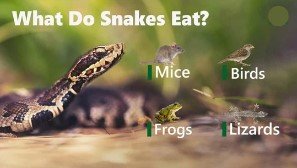
I. Diverse Diets: Tailoring to Size and Species
A. Rodents as a Staple:
- For Small to Medium Snakes: Many smaller snake species, such as garter snakes and corn snakes, have a diet primarily consisting of rodents. Mice and small rodents provide a convenient and energy-rich source of nutrition for these less imposing serpents.
- For Larger Constrictors: Colossal constrictors like the Burmese Python and Boa Constrictor expand their menu to include larger mammals, such as rabbits and even deer. Their powerful constriction capabilities enable them to tackle and consume prey much larger than their own head.
B. Avian Adventures:
- Tree-Dwelling Species: Arboreal snakes, like tree boas and green tree pythons, often prey on birds. Their climbing abilities and ambush tactics make them adept at capturing birds roosting in trees.
- Ground-Dwellers: Terrestrial snakes may also target ground-nesting bird eggs or snatch unwary fledglings. Venomous pit vipers, such as rattlesnakes, employ an ambush strategy to surprise their avian prey.
II. Aquatic Appetites: Mastering the Art of Fishing
A. Fish Feasts:
- Water-Dwelling Snakes: Aquatic species, like the Northern Water Snake and Anacondas, have a piscivorous diet, thriving on fish. Their streamlined bodies and powerful swimming capabilities make them efficient hunters in aquatic environments.
- Sea Snakes: Some snakes, adapted to marine life, exclusively feast on fish in oceanic habitats. The Sea Snake is a prime example, with adaptations like a paddle-like tail for navigating water.
B. Amphibian Allies:
- Frogs and Toads: Amphibians often find themselves on the menu for various snake species. Their moist and relatively slow-moving nature makes them an appealing target for ambush predators like the Eastern Diamondback Rattlesnake.
III. Specialized Diets: Unusual Culinary Choices
A. Egg Eaters:
- Snakes that Specialize in Eggs: Some snake species, like the African Egg-Eating Snake, have evolved specialized jaws and behaviors to consume eggs exclusively. Their diet is a testament to the diverse adaptations within the serpent world.
B. Insectivores:
- Small and Agile Snakes: Certain small and agile snake species, such as the Brown Snake, have a diet primarily composed of insects. Their quick strikes and ability to navigate through vegetation make them effective insect hunters.
IV. Venomous Predation: The Lethal Approach
A. Venomous Strikes:
- Injecting Lethal Venom: Venomous snakes, like vipers and cobras, have a sophisticated method of immobilizing and digesting their prey. Their venom, injected through fangs, quickly incapacitates the victim, allowing for easier consumption.
- Varied Prey Selection: Depending on the species, venomous snakes may target rodents, birds, other reptiles, or even larger mammals, showcasing the adaptability of their predatory strategies.
V. Feeding Frequency and Adaptations
A. Metabolic Efficiency:
- Slow Metabolism: Snakes are renowned for their ability to survive on infrequent meals. Many species, especially larger constrictors, can go weeks or even months between feedings, relying on their slow metabolism to efficiently utilize consumed energy.
B. Specialized Adaptations:
- Stretchable Jaws: Snakes have stretchable jaws, allowing them to open their mouths wide enough to accommodate prey much larger in diameter than their heads. This adaptation is particularly evident in constrictors when swallowing large meals whole.
- Venomous Apparatus: Venomous snakes possess specialized venom glands and fangs, finely tuned to deliver the right amount of venom for subduing and digesting their chosen prey.
Conclusion: The Intricacies of Serpent Cuisine
In the grand tapestry of nature, the dietary choices of snakes contribute to the delicate balance of ecosystems. From the mighty constrictors to the subtle ambush predators, each serpent species has honed its culinary preferences to ensure survival and ecological harmony. Understanding the intricacies of serpent cuisine not only unveils the wonders of nature but also emphasizes the importance of conservation and coexistence in the diverse world of these captivating reptiles.
Learn more about Top 5 Venomous Snakes in the World.

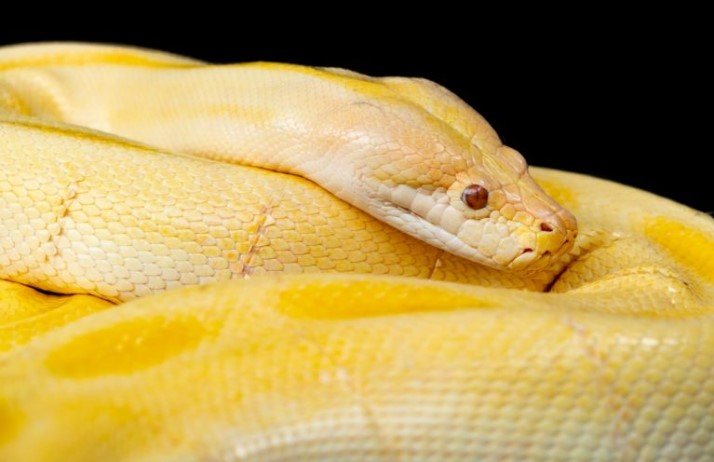
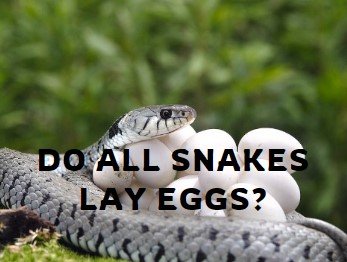
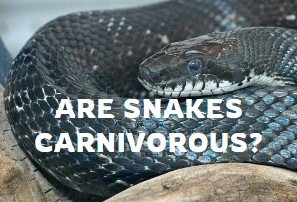
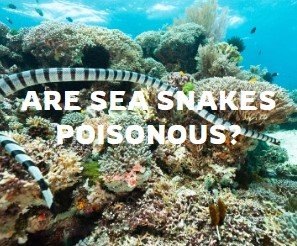
Leave a Reply